Text
I really want to write, but my mind won’t let me
8 notes
·
View notes
Text

Harwin Strong:

15K notes
·
View notes
Photo
Harwin crumbs
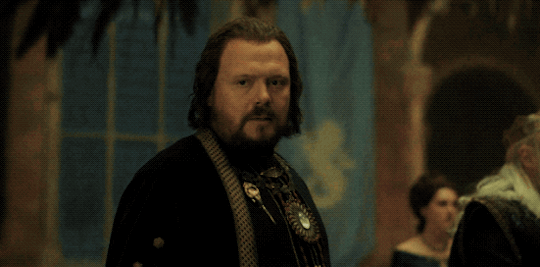
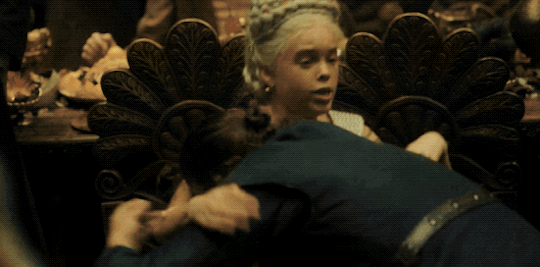
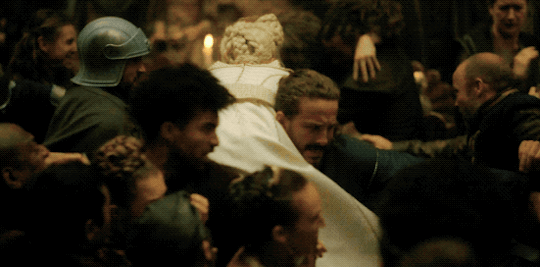
#Harwin Strong can carry me like a sack of potatoes any day
14K notes
·
View notes
Photo
Viserys lmao
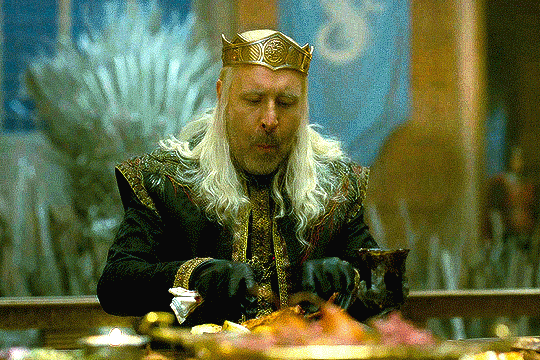
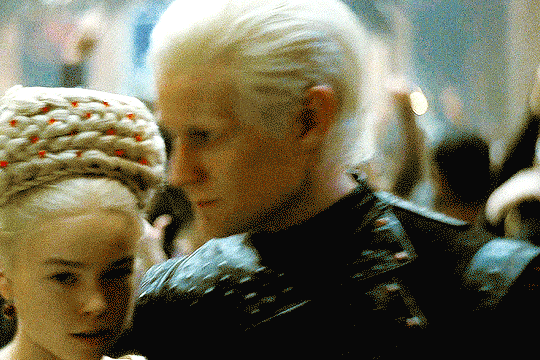

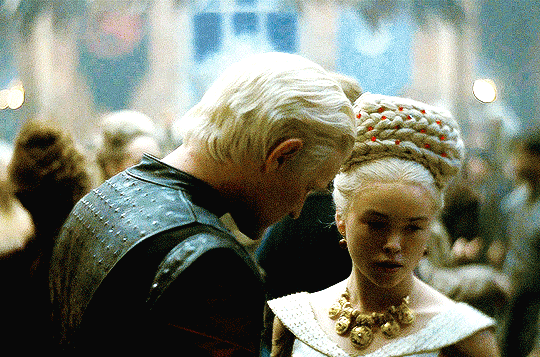
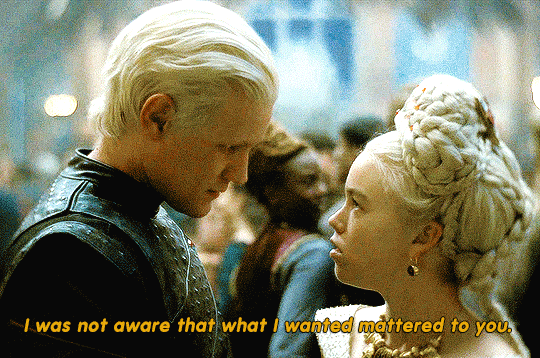
daemon asking rhaenyra if this is what she wants parallel to rhaenyra asking daemon what does he want in the previous ep. all right in front of viserys’ salad?!?!?!?!? INSANITY
6K notes
·
View notes
Text
Hob could have simply written the new address here but no, he decided to spray paint an arrow all the way from the old tavern to the New Inn just in case because it’s been 700 years, he knows how dense Morpheus is.

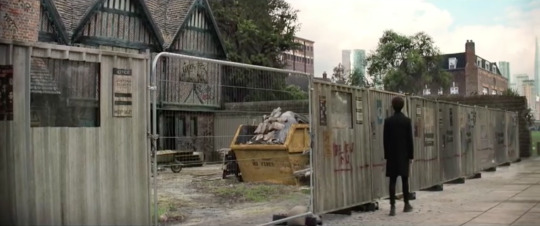
And he literally named the new place The New Inn to be extra sure
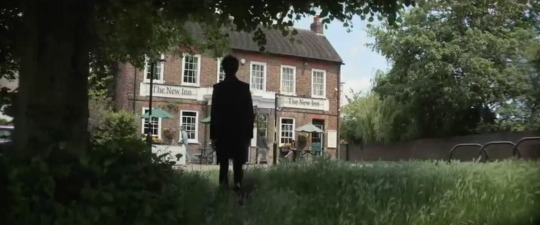
I love them
24K notes
·
View notes
Text
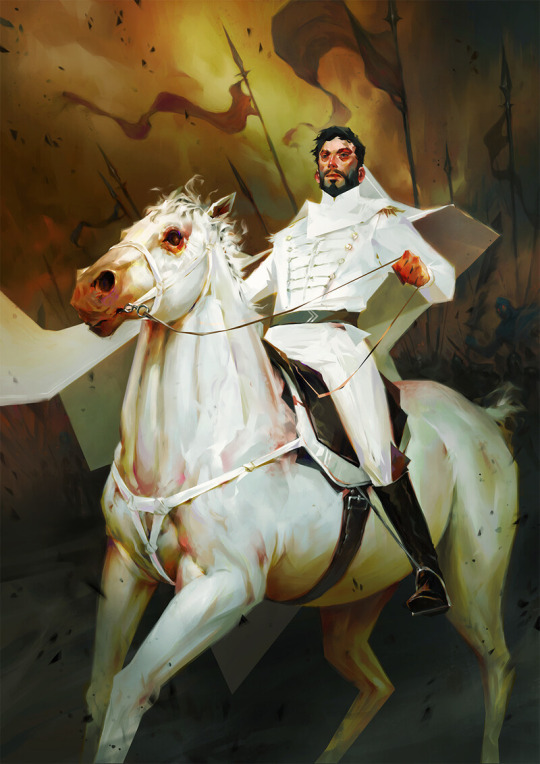
Elend Venture
758 notes
·
View notes
Text
This is how I feel describing most of my personal favorite characters.

16K notes
·
View notes
Text
Kaladin: *is reported dead*
Bridge Four: LOL. Better not be late for dinner, bitch.
948 notes
·
View notes
Text
I’ve started rereading The Way of Kings and am noticing a few things.
First, the risk that Sanderson took starting it the way he did. Three different time periods and viewpoint characters before the fourth chapter finally gives us a current-time, main character viewpoint. If I was Sanderson’s editor when he was pitching this, I’d be finding the Cenn viewpoint the hardest sell.
The Kelek one is short, hints at vastly powerful forces, ends with the creation of a great mythic lie, and the “4,500 years later” gives things a properly epic feel.
The Szeth one is fantastic - it starts with an iconic line, has an engaging magic battle scene, and sets up a central mystery: why did the Parshendi betray the alliance and have Gavilar assassinated. It explains enough but not too much of the context (mechanics of Szeth’s ‘magic’ powers: yes; details of the concept of Truthless and reasons behind Shin veneration of stone: no).
But the Cenn one has the combined challenges that this isn’t a main character, dies (though we don’t yet know it) at the end of the scene, and isn’t an interesting person in and of himself. If I was the editor, I’d be asking “Why can’t we have the Kaladin POV here?” But the more we see of Kaladin, the clearer it becomes why his introduction had to be done this way. The contrast between Kaladin in the Cenn-POV chapter and the despairing Kaladin in the slave wagon in the next chapter gains its power and drama from two things: the contrast between who Kaladin was then and now, and the contrast between how others see Kaladin and how he sees himself. Kaladin in that battle wouldn’t have seen himself as the heroic, nearly-miraculous figure his soldiers see him as: rescuing Cenn by fighting six-on-one and killing all his enemies in a matter of seconds, then turning into a healer and bandaging his wounds; training his men to operate as a unit unlike anyone else on the battlefield; spending most of his pay on bribing the support staff to evacuate his wounded; bribing other commanders to give him recruits who seemed militarily useless. He’d have taken that for granted. Kaladin (later) reacts to being pretty much miraculously resurrected by despairing and thinking he’s a failure. The switch of perspective at the start is necessary for us to realize early on that the way Kaladin percieves himself does not line up with objective reality or with other people’s perceptions, and necessary for us to realize how impressive he was, and how others reacted to him, before his enslavement. It’s the essential backdrop for all the horrible early chapters in the slave wagons and Bridge 4. But the necessity of that only becomes apparent once the reader has spent a while with Kaladin.
The second thing I’m noticing is that, while on my first read-through I was overwhelmed and not picking up on this, Sanderson does leave us a trail of breadcrumbs to follow. In the first chapter, four people are named: Kalak, Jezrien, Talenel, and Ishar. Then, only a few pages later, Szeth passes the states “depicting the Ten Heralds from ancient Vorin theology”, naming four: “Jezerezah, Ishi, Kelek, Talenelat.” The names are similar enough that it’s possible to put the pieces together. Even in Kaladin’s first chaptet, the mention of windspren stucking things to other things can recall Szeth’s Full Lashings.
Another thing that jumped out at me: in the first chapter, Kelek mentions “red, orange, and violet” blood on the battlefield. Parshendi blood is orange, but who on Roshar has violet blood?
711 notes
·
View notes
Text
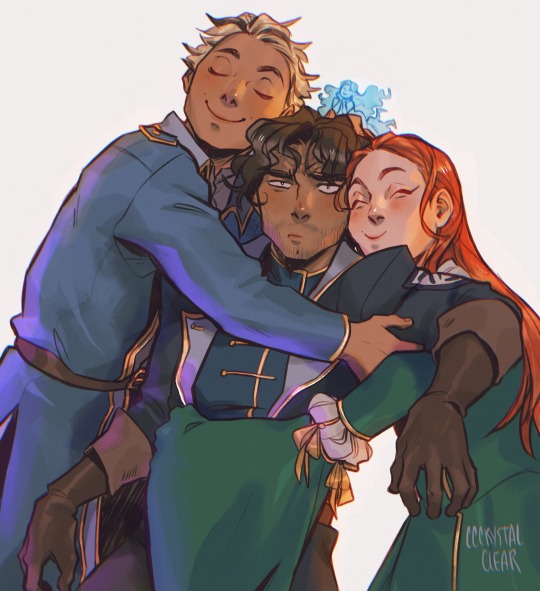
I wish them the world
3K notes
·
View notes
Text
no one:
obi wan on a mission that he didn't want to go on in the first place to rescue the child of two people notorious for being sassy and not following his advice while being hunted by 80% of the population of any planet he's on:
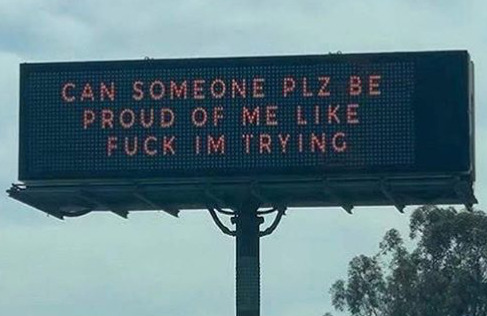
5K notes
·
View notes
Text
Leia: getting her mind force scanned by an inquisitor
Leia: is this a staring contest?
175 notes
·
View notes
Text
Absolutely sobbing at Leia hiding under Obi-Wan's military coat in the middle of a base wide manhunt it is the most obvious thing in the world and yet it worked literally until Reva rolled up I am losing it
#kenobi series#leia organa#obi wan kenobi#obi wan kenobi spoilers#kenobi spoilers#owk spoilers#obi wan
815 notes
·
View notes
Text
“the jedi’s weakness is their compassion” cool, and yours is fortresses under water. This is the second time it happened
10K notes
·
View notes
Photo
I love them
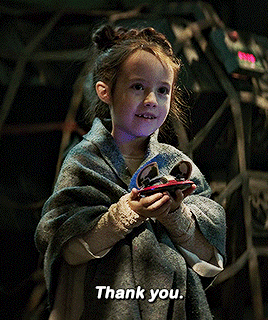
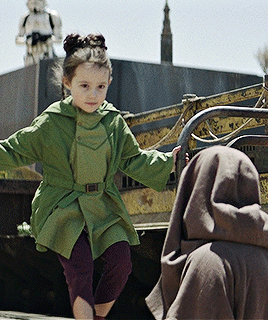
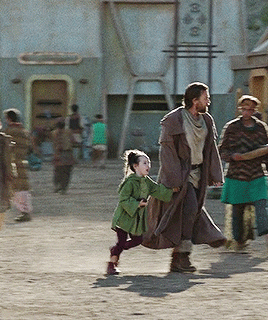


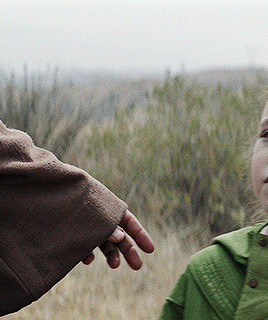
Obi and Leia + these little moments
+ this big one
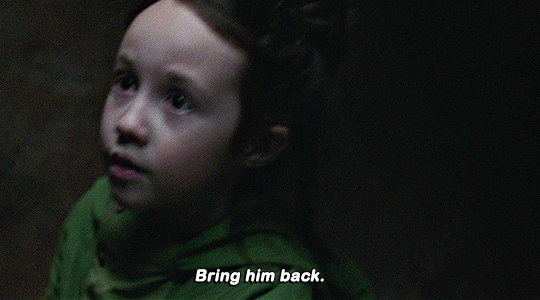
16K notes
·
View notes
Text
Kaladin be like
51K notes
·
View notes
Text
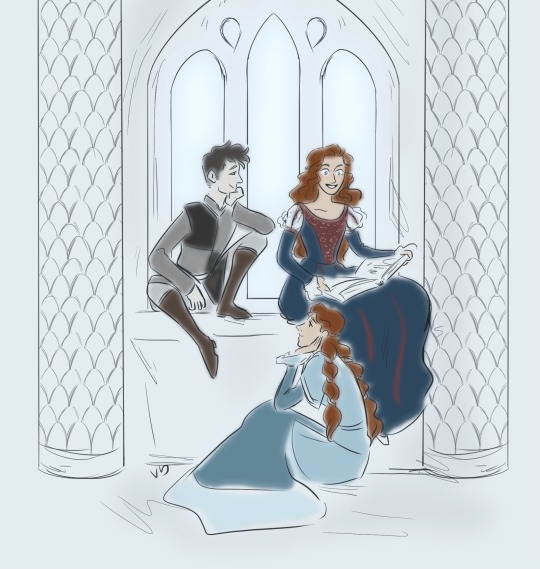
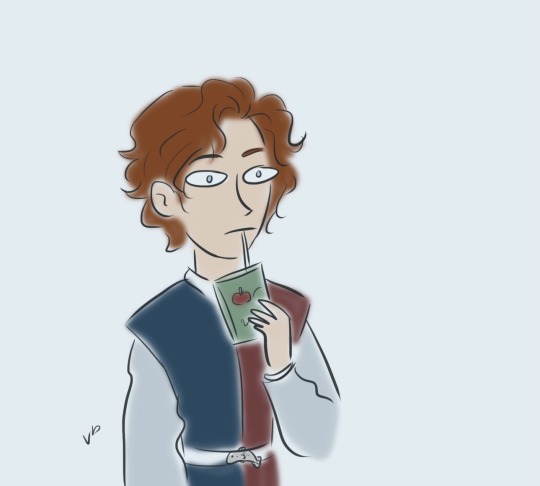
When the Worst Love Triangle Of Westeros(tm) was unfolding… did Edmure notice or was he too busy being a dumb teenaged boy. Cause I figure that’d be kinda funny
1K notes
·
View notes